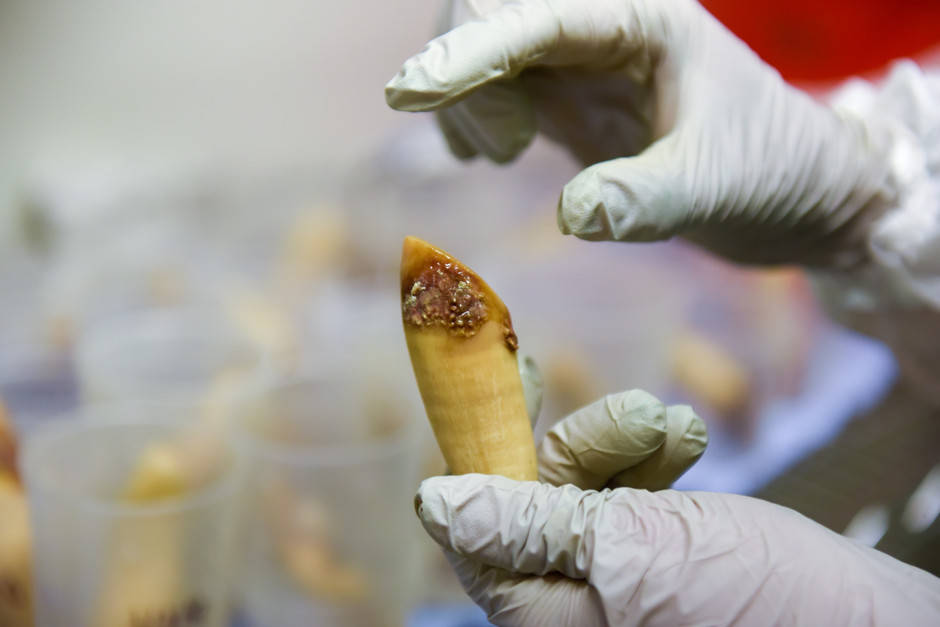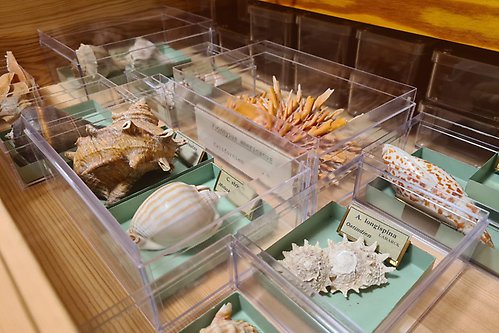FAQ
Why do you need so many specimens of each species?
The collections of the Swedish Museum of Natural History are meant to reflect the historical and contemporary diversity of the Earth. To achieve this, the collections must continuously expand with new and old materials. For both research and education, it is important to have access to multiple specimens from different locations and time periods. It may also be relevant to have specimens representing different ages, life stages, genders, and variations in color and form. This is essential, for example, to observe changes in distribution, species composition, genetics, or appearance over time or space.
Research methods and what is considered relevant to study evolve rapidly. Collecting multiple individuals of the same species can also be a way to meet future needs.
Is the Swedish Museum of Natural History interested in receiving individual specimens or collections of insects, arachnids, molluscs, etc.?
Our collections are largely built on donations from the public, and we accept both large and small donations annually. We are primarily interested in items with known capture or collection details. Specimens that broaden the taxonomic or geographic representation of our collections are gratefully accepted. Both individual specimens and larger collections may be of interest.
See Enrich our collections to learn more.
Is the Swedish Museum of Natural History interested in receiving dead mammals/birds?
The Museum of Natural History accepts all animals that are considered state game, except for wolf, bear, lynx, and wolverine, which should be sent to the Swedish Veterinary Agency (SVA). In addition to state game, other species may also be of interest.
See Enrich our collections to learn more.
Does the Swedish Museum of Natural History accept mounted animals, animal souvenirs (e.g., shoes, bags, wallets made from animal skins), furs, fur coats, etc.?
We are primarily interested in items with known discovery information. However, items belonging to or that belonged to state game at the time of collection should be submitted to us. Please contact us if you are unsure. Please note that some animal products may be subject to trade bans (CITES). For information or questions about CITES, we refer you to the Swedish Board of Agriculture.
Link to external website. External link.
External link.
Are stuffed birds and mammals poisonous?
Animals mounted from the latter half of the 1800s and onward may be treated with arsenic to repel pests. Arsenic is toxic through inhalation, ingestion and skin contact and can be assimilated in the dust on mounted animals. Mounted or "stuffed" animals should preferably be stored in well-ventilated spaces. They should be regularly dusted with a dust brush, preferably outdoors and with the protection of a dust filter mask (P3) and gloves. Eyes, beaks, and other fur and feather-free areas can be wiped with a cotton swab moistened with a bit of alcohol.



